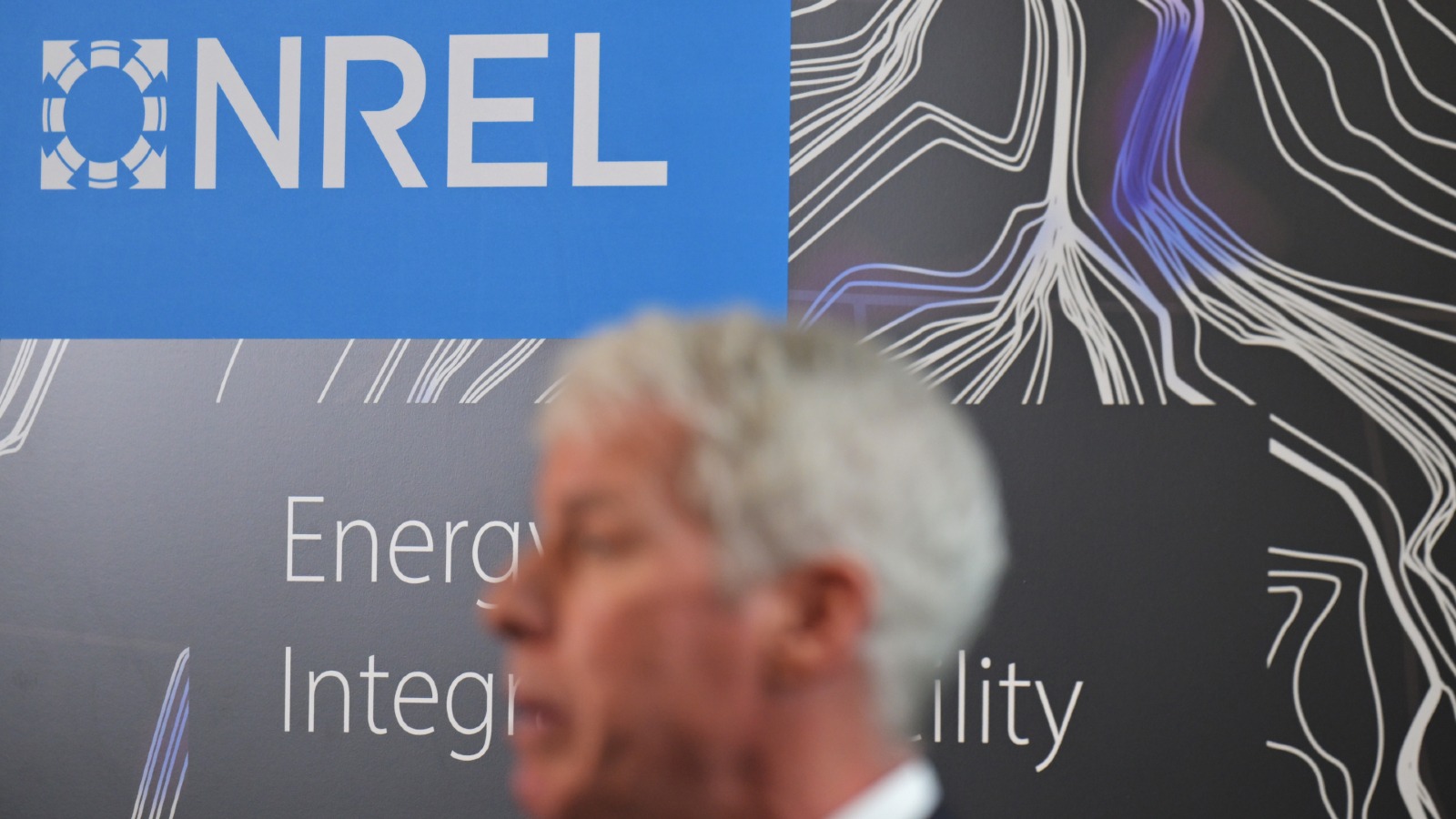Photonics, Vol. 12, Pages 593: Visible Light Communication for Underwater Applications: Principles, Challenges, and Future Prospects
Photonics doi: 10.3390/photonics12060593
Authors:
Vindula L. Jayaweera
Chamodi Peiris
Dhanushika Darshani
Sampath Edirisinghe
Nishan Dharmaweera
Uditha Wijewardhana
Underwater wireless communications face significant challenges due to high attenuation, turbulence, and water turbidity. Traditional methods like acoustic and radio frequency (RF) communication suffer from low data rates (<100 kbps), high latency (>1 s), and limited transmission distances (<10 km).Visible Light Communication (VLC) emerges as a promising alternative, offering high-speed data transmission (up to 5 Gbps), low latency (<1 ms), and immunity to electromagnetic interference. This paper provides an in-depth review of underwater VLC, covering fundamental principles, environmental factors (scattering, absorption), and dynamic water properties. We analyze modulation techniques, including adaptive and hybrid schemes (QAM-OFDM achieving 4.92 Gbps over 1.5 m), and demonstrate their superiority over conventional methods. Practical applications—underwater exploration, autonomous vehicle control, and environmental monitoring—are discussed alongside security challenges. Key findings highlight UVLC’s ability to overcome traditional limitations, with experimental results showing 500 Mbps over 150 m using PAM4 modulation. Future research directions include integrating quantum communication and Reconfigurable Intelligent Surfaces (RISs) to further enhance performance, with simulations projecting 40% improved spectral efficiency in turbulent conditions.
Source link
Vindula L. Jayaweera www.mdpi.com


